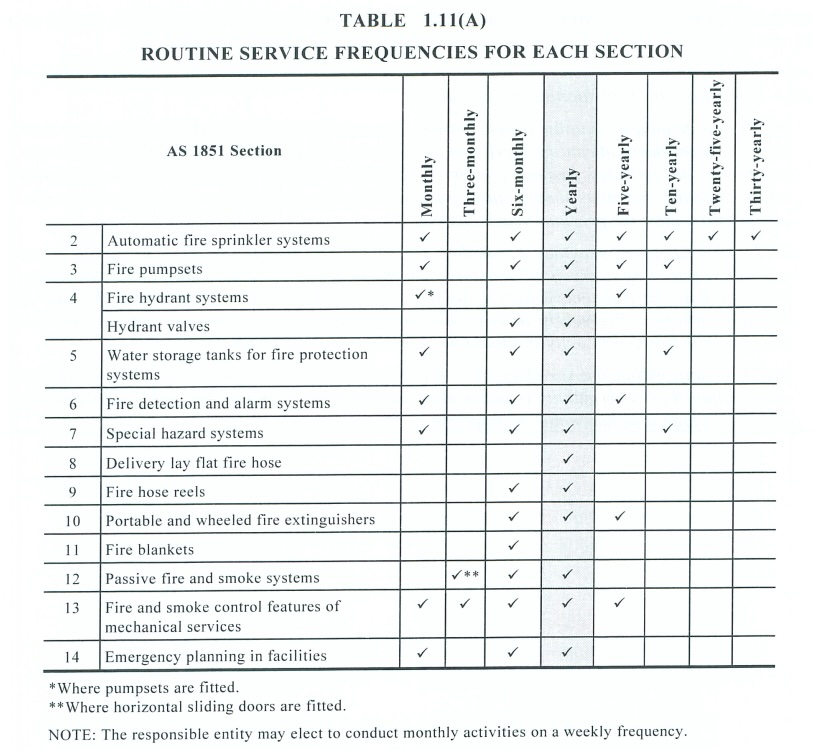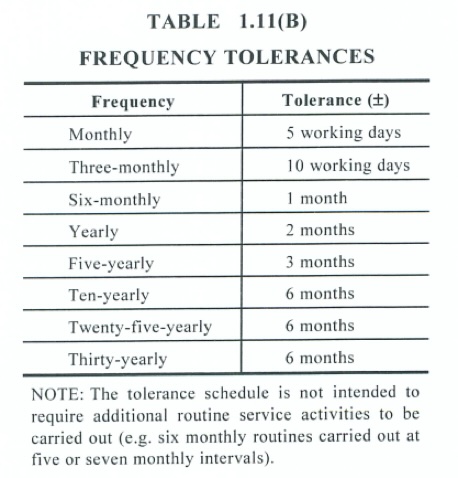Introduction: In the world of strata management, ensuring the safety and compliance of your building isn't just a responsibility—it's a necessity. Across Australia, the adherence to Essential Safety Measures (ESM) is paramount for not only abiding by the law but also safeguarding the lives and properties of those within. With a legacy spanning over 25 years and a track record of supporting more than 10,000 buildings, Focus Building Risk and Compliance stands at the forefront of building compliance and risk management. This guide aims to illuminate the crucial aspects of maintenance and compliance and provides you with a guide of how we, as building compliance auditors work to support a building’s compliance framework, ensuring your building not only meets but exceeds safety standards.
Understanding Essential Safety Measures: Essential Safety Measures encompass all critical systems and features in a building that contribute to the safety of occupants in the event of an emergency. From fire safety equipment, emergency lighting, smoke alarms, paths of travel, to passive fire and smoke systems including fire doors, the scope is comprehensive. These measures are detailed on the Occupancy Permit when the building is commissioned, along with the maintenance expectations for each item. The permit will also list any Fire Engineered alternative solutions that might apply. This system is governed by standards such as AS 1851 and AS 2293, along with the overarching guidelines of the National Construction Code (NCC).
Frequency of maintenance activities: AS 1851 details the standard maintenance expectations for all Essential Safety Measures to ensure a properly functioning safety system. Table 1.11 (A) in the standard details the standard frequencies for servicing of the key ESM assets.

The standard is also very detailed regarding the tolerances, as the timing of the maintenance is considered a key deliverable for service providers. Table 1.11 (B) below details the expectations.

Failure to maintain the equipment in accordance with these expectations renders the building non-compliant and subject to penalties and other consequences. All of this has been constructed to push buildings to maintain their measures and, consequently, maximise the likelihood of the safety systems of the building working if/when an emergency occurs.
Annual Compliance Certification: A State-by-State Overview: The final annual requirement after all this maintenance, is the need for the building owner to certify ESM, though the need does vary across Australia. In Victoria, every building other than Class 1 single residential dwellings is required to produce an Annual Essential Safety Measures Report (AESMR). Similarly in NSW buildings produce Annual Fire Safety Statement however this document must be submitted to the Local Council. In Queensland the Occupier Statement must be sent to the Queensland Fire and Emergency Services. In South Australia a Form 3 is also submitted to council each year. Notably, Tasmania, Western Australia, ACT, and NT currently do not mandate annual certification, underscoring the importance of voluntary diligence in these regions.
Real-World Repercussions: Yet, what happens when these obligations are overlooked? In most jurisdictions, the building’s ESM maintenance obligation is policed by local government and local Fire Services and fines are payable when the building fails to comply.
However, there are further reaching consequences. For starters, Insurers are also interested to know that maintenance is occurring, particularly when paying claims. On top of this, most managers would be able to point to buildings they know that are ensnared in a perpetual cycle of building notices. Building Notices come about when the local councils deploy municipal building surveyors to undertake property inspections where they suspect non-compliance or, more and more, simply wish to undertake random searches.
Buildings caught in the building notice cycle were often built with unidentified defects and then, due to initial non-compliance and substandard ongoing maintenance they receive a visit. In response to the subsequent notice, listing numerous observed inadequacies in ESM compliance, the building attempts to rectify the list of items and submit for a follow up inspection. Each time the inspector returns, rather than simply signing off on the rectifications, owners receive a new list of further issues found. The new list is not necessarily because the building continues to deteriorate, but due to diminished inspector confidence in the building's integrity.
Proactive identification of issues in a systematic and compliant maintenance regime can prevent this. Even if immediate rectification isn't feasible due to budget or committee reluctance, having already identified the issues and prioritised rectification works can significantly shift this narrative. Demonstrating awareness and a plan to address faults can foster inspector trust, averting the exhaustive cycle of notices and inspections.
Frequently Asked Questions: A common query arises regarding the adherence to updated standards for buildings erected under prior, superseded regulations. It is important to recognise that generally, regulation is the identification of a minimum standard. If that minimum standards lift over time as regulation is reissued, then whilst buildings may be in their right to maintain the standard exercised at the time of construction, owners need to consider the safety consequences of that decision. Sometimes whilst maintaining the status quo might meet minimum legal obligations, upgrading to reflect enhanced standards showcases a commitment to occupant safety above all.
Other Compliance Challenges and Misconceptions: A common oversight in ESM compliance is the lack of System Interface Testing (SIT), as required annually by AS1851. This is where the interplay of the different protection elements is tested – Do the fire doors shut when the alarms go off, do the fans go on to pressurise the stairwell? This test is an annual requirement where buildings have intertwined systems and is often overlooked.
Other often neglected elements are ensuring paths of travel are clear (inspected quarterly), passive fire and smoke systems and present and safe, and the annual inspection of fire doors particularly within residences, are undertaken with door seals in order. Councils across Australia are intensifying their focus on these areas, with these items often domination building notices issued.
Conclusion: The call to action for Facility Managers, Strata Managers and Owners Corporation Committee members is clear; prioritising the maintenance and compliance of Essential Safety Measures is not merely a legal obligation but a moral one. The safety of residents and the integrity of properties rest upon this commitment. If you would like to further discuss your obligations we would be happy to connect and help you further understand your obligations.